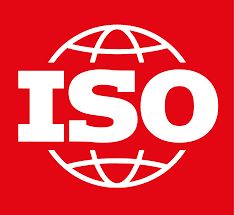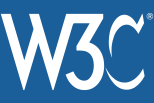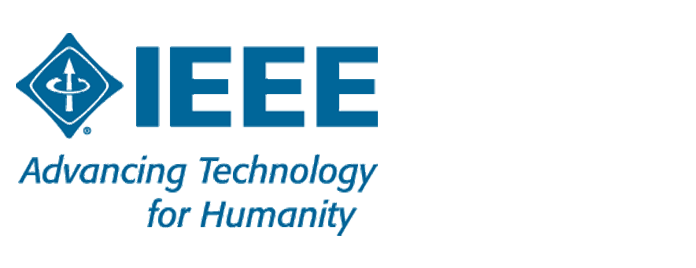ISO 37120 - Sustainable Development and Resilience of Communities - Indicators for City Services and Quality of Life (under TC268)
ISO 37120 - Sustainable Development and Resilience of Communities - Indicators for City Services and Quality of Life (under TC268) http://ontology.eil.utoronto.ca/ISO37120.html. This OWL file defines a class for each indicator defined in the ISO 37120 standard. Names for each indicator are provided. Text definitions are provided only for Economy, Education and Energy indicators, due to copyright restrictions imposed by ISO. This file is meant to provide a single URI for each indicator. An ontology for representing an indicator's supporting data plus meta information such as provenance, validity and trust can be found in: http://ontology.eil.utoronto.ca/GCI/Foundation/GCI-Foundation.owl Documentation of the ontology can be found in: http://eil.utoronto.ca/smartcities/papers/GCI-Foundation-Ontology.pdf




